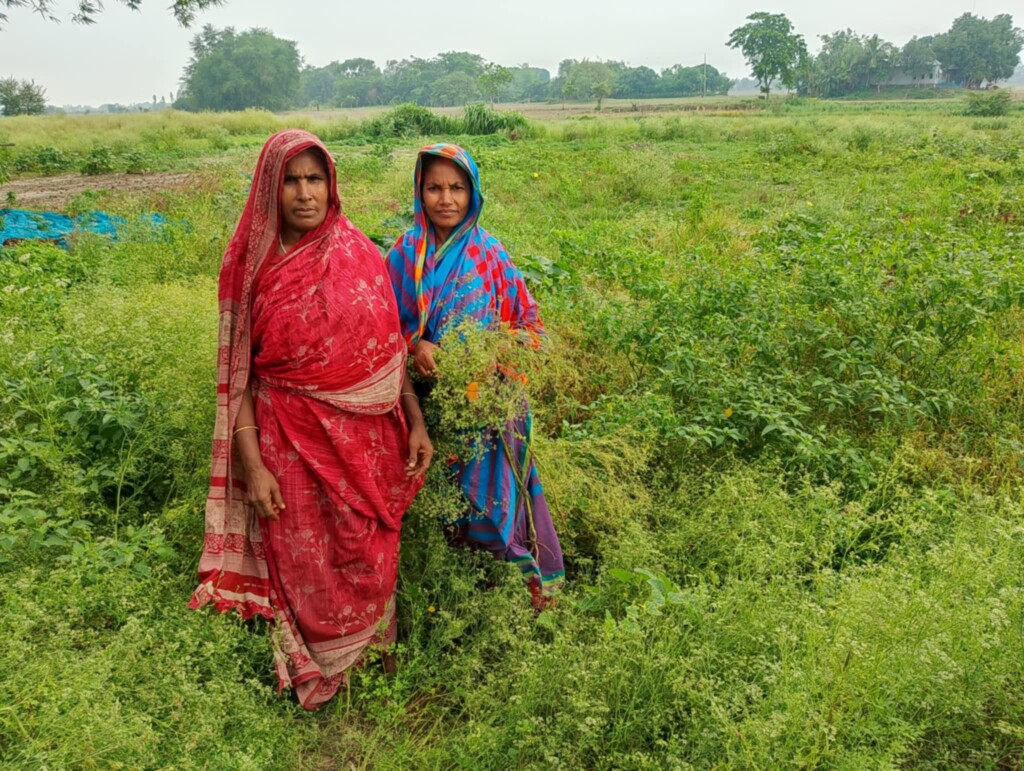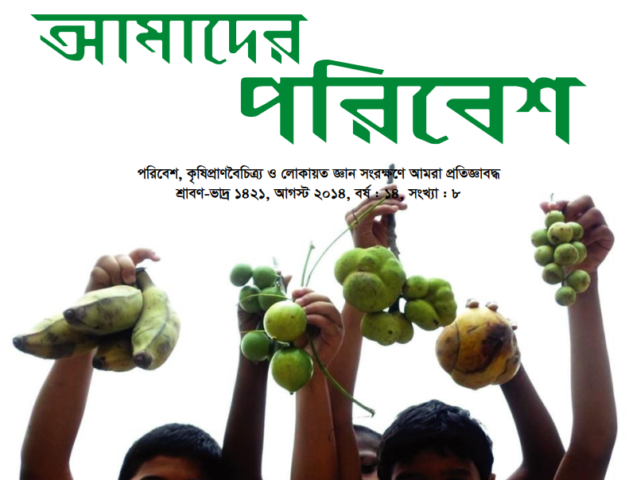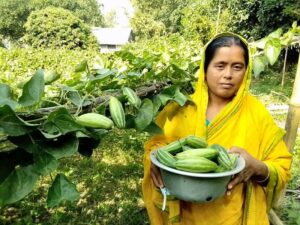By Satyaranjan Saha, Harirampur, Manikganj
Harirampur, in Manikganj district, is a land blessed with rivers, canals, wetlands, and a rich diversity of birds. The alluvial and loamy soils near the Padma River and the heavy clay in the lower lands make this region ideal for diverse agriculture. Building on this unique natural environment, the local farmers have embarked on a sustainable journey cultivating spices to protect biodiversity and soil health. According to farmers, the adverse effects of climate change such as irregular rainfall, floods, and extreme temperatures are creating serious challenges for crop production. Yet, farmers are not giving up. Understanding their soil types and utilizing their traditional knowledge, they have diversified their farming practices. As a result, they are not only adapting to climate impacts but also helping conserve nature.
Mix cropping, lower Costs, higher yields
Iman Ali, a farmer from Algirchar village, says, “During the winter (Rabi) season, we grow different crops in the same field, which reduces pest attacks and increases yields. For example, we cultivate onions and sweet pumpkins in the same plot, and on the edges (bunds), we grow coriander or radish. This allows us to grow multiple crops at the same time with the same care.”
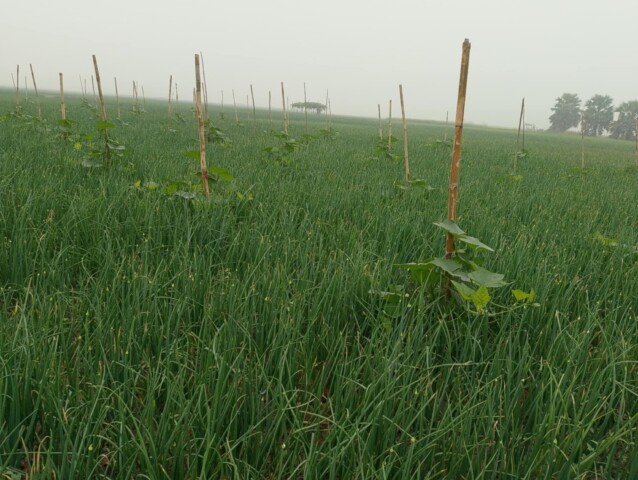
He went on saying, “Crop selection based on soil type gives better results. Spice cultivation is becoming more popular because it costs less and sells well. When we plant different crops in the same field, they draw different nutrients from the soil, which reduces input costs. Crop diversity in the field is more profitable for us.”
Sustainable Farming with Natural Inputs
Khaleda Begum, a woman farmer from Patgramchar, said, “We depend on farming for our livelihood. Every year we face floods or heavy rains, but the silt left behind by floodwaters makes the land fertile. We don’t need chemical fertilizers, just silt and cow dung are enough for growing all our crops.”
She further mentioned that on the fertile char lands, they grow paddy, wheat, pulses, vegetables, jute, and oilseeds. Farmers also save their own seeds, which makes sustainable cultivation easier.
BARCIK’s role in promoting Agroecology
With support from BARCIK, many farmers in Harirampur have started cultivating native varieties of spices. Through seed exchange programs and organic farming training, farmers are now growing sesame, flax, kaun, and other local spices in an environmentally friendly way. A local agricultural officer says, “During the rainy season, floodwater brings silt to the low-lying fields near the Padma River, making them extremely fertile. Using this silt-rich soil, farmers grow spices, oilseeds, lentils, wheat, peanuts, mustard, and leafy vegetables with great success.”
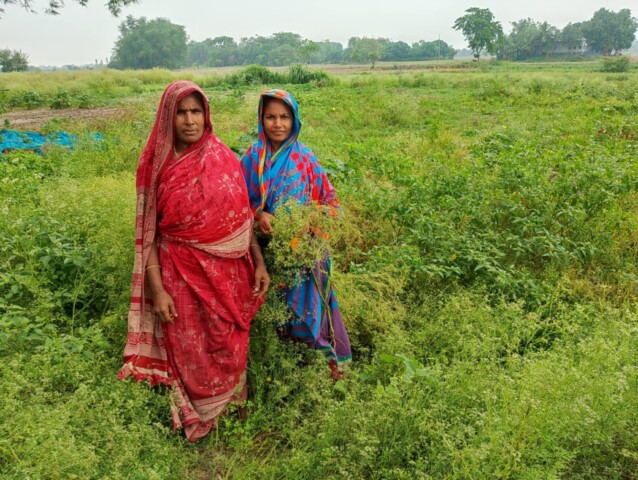
Action research by farmers
In the 2024–25 Rabi season, 36 farmers in BARCIK’s working areas of Manikganj conducted action research on spice cultivation. One farmer even cultivated up to nine different spice varieties. This hands-on experimentation does not only improve productivity but also helps to spread and extend agroecological practices that align with local environments.
Conclusion
Agriculture here is more than just a livelihood; it is becoming a tool for environmental preservation. Through practices that conserve soil health, protect seed diversity, and enhance biodiversity, the farmers of Harirampur are setting an example for others across the country. Spice cultivation is no longer just about profit, it is about building a deeper connection between farming and nature.

